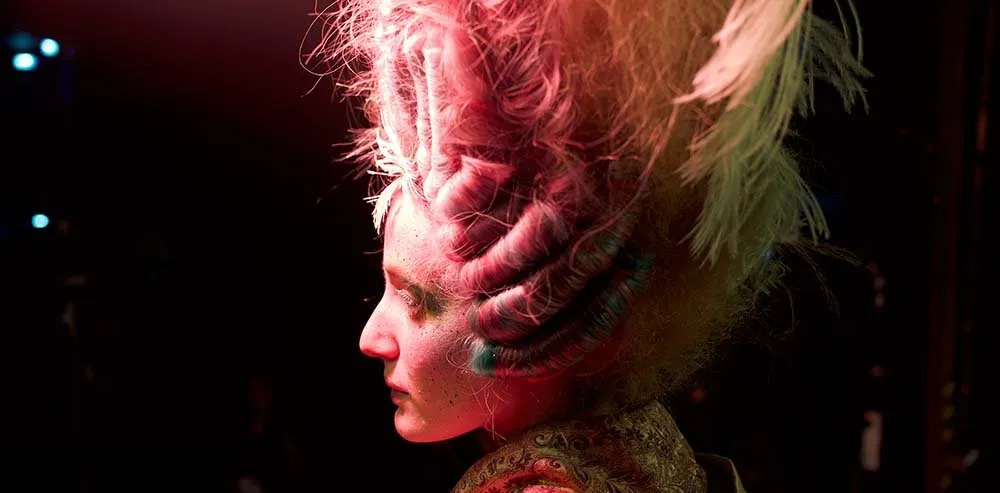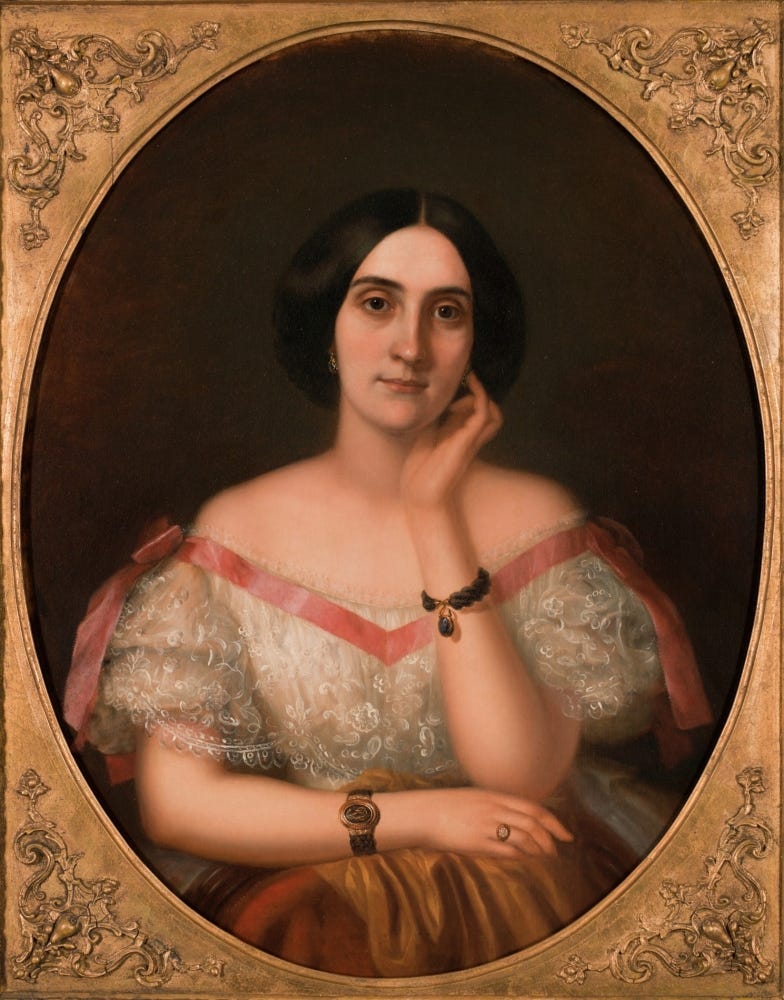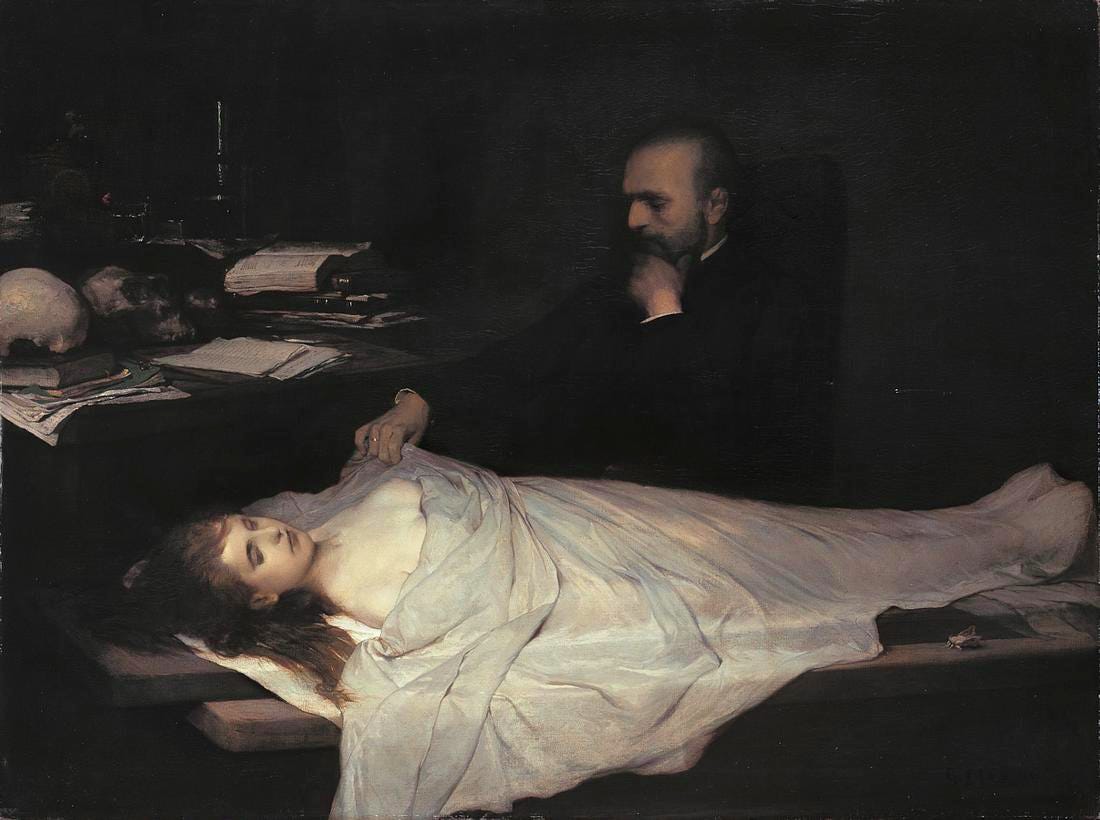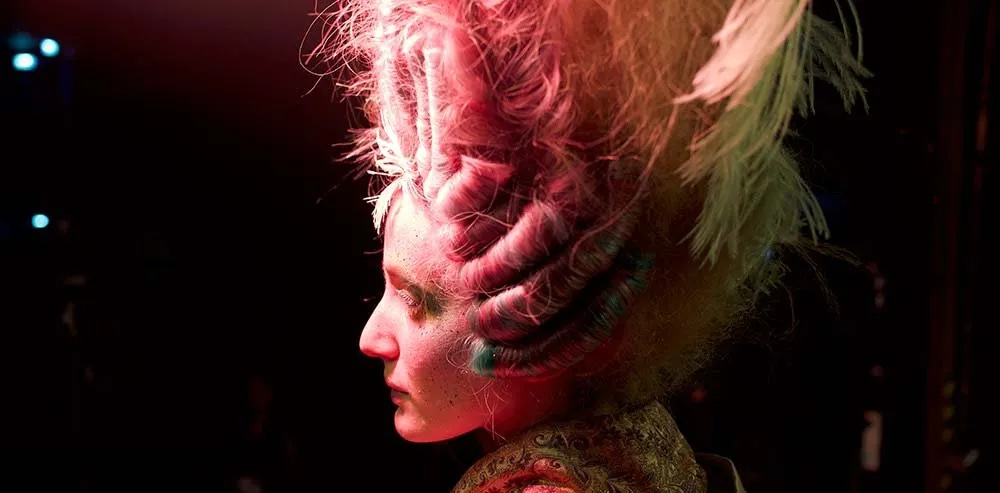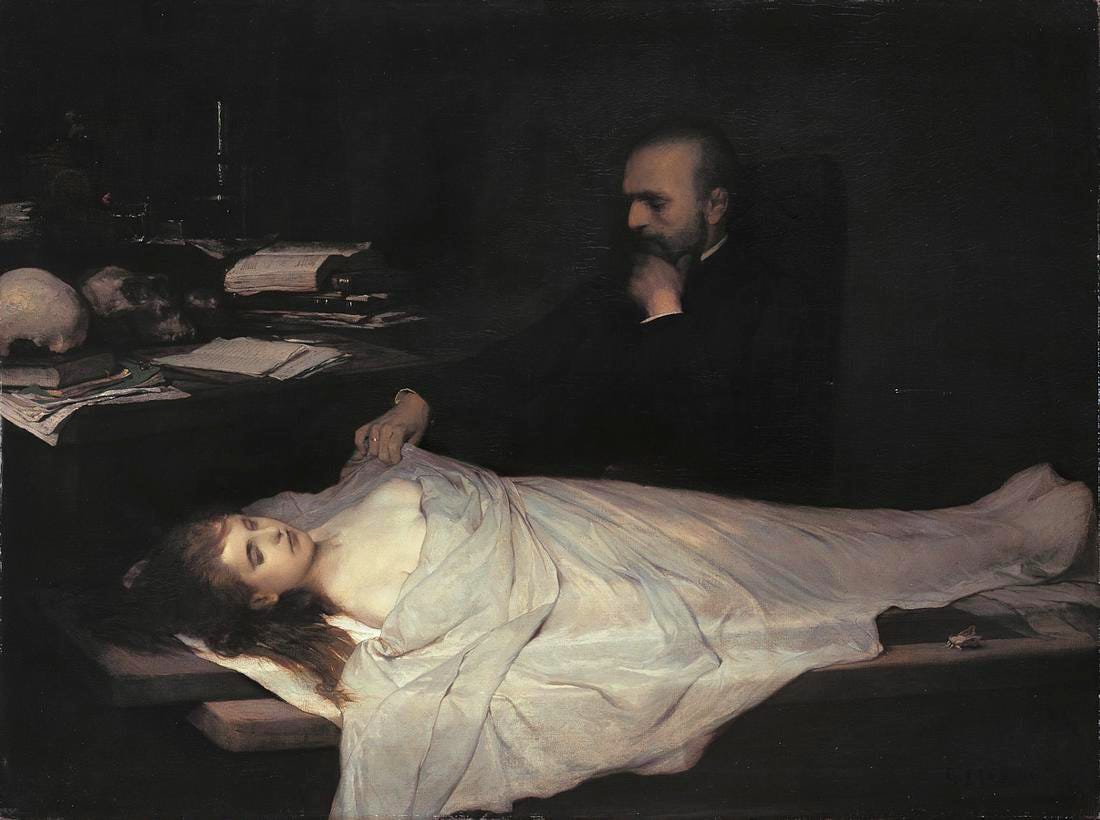I recognize my memories through scents, colors, music or, in this case, how did my hair look like at the time.
Today was the first time after a while that I felt the need to get my hair out of my face, which is silly because I never thought the motion of your hand moving your hair out of the way would be foreign to me. I shaved my head on October 2022 and kept it like that until a couple of months ago when I decided to let it grow a bit. People do treat you differently, but that sort of different is exactly what I needed then. I have to say, I’m invincible; anyone who’s able to successfully rock a buzz cut, can pull off any look.
I was late to my movie the other day, worse luck, I had already bought the ticket so I got to get to the cinema anyway. All and all, once in my seat and thirty minutes missed on the movie, I focused my full brain capacity on understanding what was left of it.
Medusa Deluxe (2022) is the title of the movie I bought the ticket for — I feel I must make the disclaimer, cinema is not one of my strongest subjects. I know as much as the average person does; my favorite movies are About Time (2013), Atlantis: The Lost Empire (2001), La La Land (2016), and Robots (2005). But about screenwriting, that I know of! — and besides the fact that is beautifully directed, there is one monologue that is undeniably stuck in my head.
Angel: I never understood why it mattered so much
Cleve: Hair?
Angel: Yes
Cleve: I don't know. Sometimes, I think that it doesn’t. And then I think: No, this is the crown that you never take off. And it gives a girl like me a chance. I mean, I ain’t got no A levels or nothing but I can cut hair. Starts to take over. It’s all you can think about. It’s your little way to change the world. And you know what’s funny? It’s dead. The minute it leaves the follicle.
(Hardiman, 2022, 1:27:32)
Hair is dead
My German professor when explaining how to say the hours colloquially started dropping a question equivalent to an existential bomb that I haven’t stopped thinking about: How does Time move?
To be clear I’m not trying to make any scientific argument here, I bet there are several more sound ones out there. In my head, Time isn’t linear and it doesn’t “move” per se. Movement resembles a behavior caused by energy. The way for example sound produced by movement manifests through vibration; nonetheless Time — as I see it — is energy in itself. Time does not move, but provokes movement. Our senses shall not be aware of it but our minds, to a certain extent, are conscious of the consequences, we call them: to Grow, to Age, and to Die. Our hair, while, it is still attached to our living bodies: grows because of time, loses its color because of age, and dies once it is out.
To Robert Batty, M.D., on His Giving Me a Lock of Milton's Hair by James Henry Leigh Hunt
[…]
There seems a love in hair, though it be dead.
It is the gentlest, yet the strongest thread
Of our frail plant,--a blossom from the tree
Surviving the proud trunk; as if it said,
Patience and gentleness in power. In me
Behold affectionate eternity.
Mourning rituals have a diverse richness to them, both culturally and historically. During the Victorian Era, fashion added a fundamental twist when it comes to making statements, but also did jewelry. Hair art or Hair Jewelry, was a practice that had its boom from 1837 to 1901; they would grieve their lost and conserve small locks of hair under glass to wear as rings, brooches, and with time, as bracelets.
Hair provided a bridge between the dead and the living without the horrors of putrefaction being involved, it is a commemoration of life rather than a reminder of death. I think is quite eerie. In ‘A Cultural History of Hair in the Age of Empire’ (2019), the author lists a series of paintings, poems, and literature work to put into perspective the bond that hair knots between the holder and the owner of the hair jewels: Christina Rossetti’s “After Death”; Millais’s painting Ophelia (1851–1852); the popularity for Gothic novels such as Bram Stoker’s Dracula; and paintings such as The Nightmare by Henry Fuseli. However, in my perspective, Gabriel von Max’s Der Anatom (1869) displays it like none of the above; in the scene of meditation, the anatomist gazes upon her deathly state, not her, as an attempt to maintain the attachment of his studies and her existence.
As a matter of fact, there is more than one of “Beethoven's locks of hair” scattered around. Eight of them to be specific, one didn’t belong to him, five of them had a different DNA, and the seventh couldn’t be analyzed. Scientists today use them to look deeper into their live and track a more accurate depiction of what was the cause of their deafness, death, and possible illnesses.

“I won’t give you a buzz cut” said my trusted hairstylist.
I had to go to a barbershop and commit the crime myself.
As Geraldine Biddle-Perry and Sarah Cheung suggest: “Just as the human body is dressed and adorned in order to participate in society, so human hair is combed, cut, colored, curled, straightened, plaited, swept up, tied back, decorated, plucked and shaved.”
The use of hair in a narrative is crucial and helps the story align the character development chronicle.
I adore chick flicks, and recently watched How to Lose a Man in 10 Days (2003) — if you haven’t watched it I recommend doing it first, and then coming back —, Andie Anderson performs her character with her hair; quick summary, the protagonist is a beauty magazine writer and her boss commissions her to write an issue about things men hate when being in a relationship (petty, I know), to accomplish it she needs a guinea-pig-guy to apply and take notes of the “experiment”. Long story short, she falls in love and so does he. But, her relationship was supposed to be a performance, other than the fact that it is expected for the protagonists to be enamored by the end, her hair looks throughout the story are another revelation sign. You can see how her hair at the beginning of the movie has more of a straight look, compared to the final when she has achieved loose and natural curls, as the story grows and so do their feelings for each other.
Let’s examine Frozen, Elsa’s hair is key to telling the story.
We use character and costume design to help show how characters evolve through films, and hair and groom design is no different. Throughout Elsa’s journey, her hairstyle has been designed to reflect her emotional state of being and is frequently changing to reflect her story. — Walt Disney Animation Studios, Visual Development
How do you tell your story with your hair?
Traducción
Mis recuerdos son detonados por aromas, colores, música, o en este caso, cómo lucia mi cabello para entonces.
Hoy fue la primera vez después de un tiempo que sentí la necesidad de mover el cabello de mi rostro, y me pareció una tontada, jamás se me hubiese ocurrido que la moción de tu mano moviendo el cabello me fuera a ser extraña a mí. Me rapé en octubre de 2022 y mantuve ese mismo corte hasta hace un par de meses que decidí dejarlo crecer un poco. Las personas sí te tratan diferente, pero ese tipo de diferente era justo lo que necesitaba en ese momento. Debo de decir, soy invencible; cualquier persona que sea capaz de rockear exitosamente una rapada, puede tener cualquier look y se verá bien.
Hace días llegue tarde a mi película, para mi suerte, ya había comprado el boleto de modo que tenía que llegar al Cine de cualquier manera. Una vez en mi asiento y habiéndome perdido treinta minutos, utilice toda mi capacidad cerebral para entender lo que restaba de ella.
Medusa Deluxe (2022) es el título de la película por la que compre el boleto — Solo para aclarar, el mundo cinematográfico no es uno de mis fuertes. Sé tanto como la persona promedio; mis películas favoritas son About Time (2013), Atlantis: The Lost Empire (2001), La La Land (2016), y Robots (2005). ¡Pero si de algo sí sé, es de guionismo! — lejos de que está maravillosamente dirigida, hay un monólogo del que no encuentro modo de sacarlo de mi cabeza.
Angel: Nunca entendí por qué importaba tanto.
Cleve: ¿El cabello?
Angel: Sí.
Cleve: No lo sé. A veces creo que no importa. Y luego pienso: No, esta es la corona que nunca te quitas. Y le da una oportunidad a una chica como yo. Me refiero a que, no tengo estudios ni nada, pero puedo cortar cabello. Comienza a apoderaste de ti. Es lo único en lo que puedes pensar. Es tu pequeña forma de cambiar el mundo. ¿Y sabes que es lo gracioso? Está muerto. En el momento en que sale del folículo
(Hardiman, 2022, 1:27:32)
El Cabello está muerto
Mi profesor de alemán cuando estaba explicando las horas de forma coloquial, comenzó haciendo una pregunta equivalente a tirar una bomba existencial de la que no he podido dejar de pensar: ¿Cómo se mueve el tiempo?
Siendo sincera no estoy tratando de proponer ningún argumento científico aquí, apuesto que hay sinnúmero más atinados que lo que estoy a punto de decir. Estimo, el Tiempo no es lineal ni mucho menos se “mueve”. El movimiento se asemeja al comportamiento ocasionado en razón de la energía. De la manera en que, por ejemplo, el sonido producido por el movimiento se manifiesta a través de la vibración; es decir, el Tiempo — como lo veo — es energía en sí mismo. El Tiempo no se mueve, sino que provoca el movimiento. Nuestros sentidos no lo perciben pero nuestras mentes, hasta cierto punto, están conscientes de sus consecuencias, les llamamos: Crecer, Envejecer y Morir. Nuestro cabello, aun estando unido a nuestros cuerpos vivos: crece en correspondencia con el tiempo, pierde su color con el envejecimiento y muere una vez siendo externo.
Para Robert Batty, M. D., en Dame un Mechón del Cabello de Milton, por James Henry Leigh Hunt
[…]
Parece haber un amor en el cabello, aunque muerto.
En su gentil, pero fuerte hebra
De nuestra frágil planta, — florece del árbol
Sobreviviendo el orgulloso tronco; como diciendo,
Paciencia y gentileza en poder. En mi
Sostengo la eternidad
Existe una rica diversidad en los Rituales de Luto, tanto cultural como histórica. Durante la Época Victoriana, la moda añadía un pivote sustancial al momento de hacer declaraciones sociales, no obstante, asimismo la joyería. El Arte del Cabello o la Joyería del Cabello, fue una práctica que tuvo auge de 1837 a 1901; lloraban a sus muertos y conservaban pequeños mechones de cabello debajo de una cubierta de vidrio para usarlo como anillos, broches, y con el tiempo, como brazaletes.
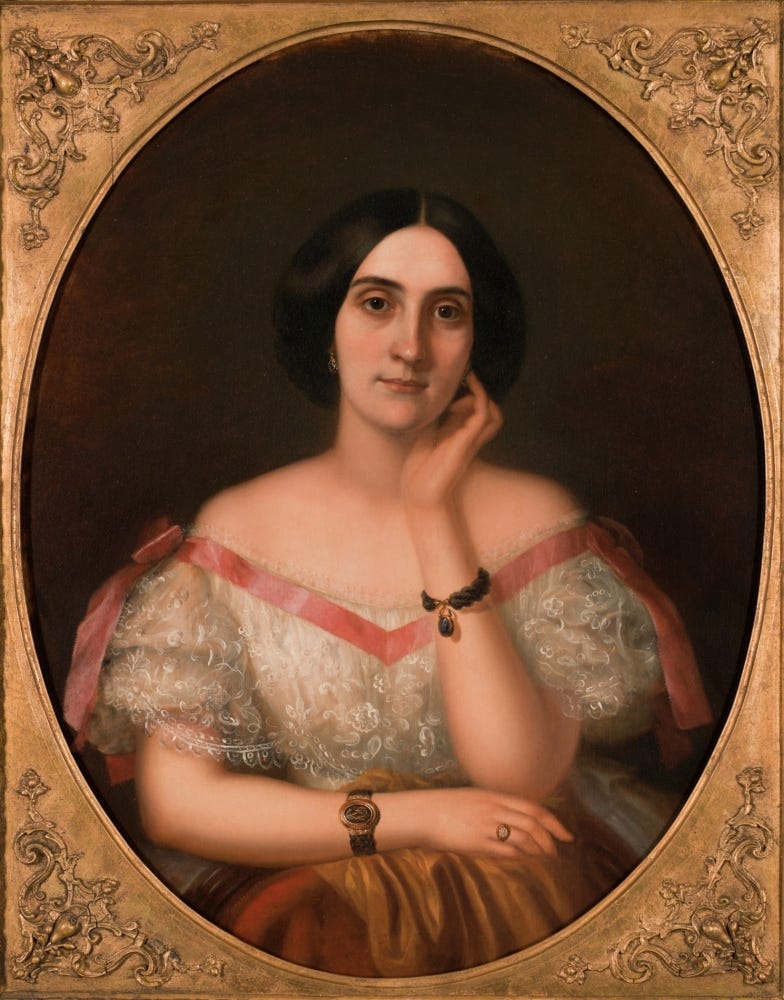
Estos accesorios brindaron un puente entre los vivos y los muertos sin tener que lidiar con los horrores de la putrefacción, una conmemoración a la vida en lugar de un recuerdo de la muerte. Un tanto espeluznante si me preguntas a mí. En A Cultural History of Hair in the Age of Empire’ (2019), la autora enlista una serie de pinturas, poemas y trabajos de literatura para poner en perspectiva el vínculo que ataba el cabello entre el poseedor y el dueño del contenido de la joya: el poema “After Death” de Christina Rossetti; la pintura Ophelia de Millais(1851–1852); la popularidad de las novelas góticas como Drácula de Bram Stoker; y pinturas como The Nightmare hecha por Henry Fuseli. Sin embargo, para mi Der Anatom (1869) de Gabriel von Max lo retrata como ninguna de las anteriores; una escena de meditación, en la que el anatomista contempla su cuerpo moribundo y no tanto a ella, en un intento de mantener el vínculo de sus estudios y la existencia de la joven.
De hecho, hay más de un “Mechón de cabello de Beethoven” regados por ahí. Ocho para ser exactos, uno de ellos no pertenecía a su melena, otros cinco tenían un ADN diferente, y el séptimo no pudo ser analizado. Los científicos hoy los usan para indagar acerca de su vida y plantear un retrato más específico de qué pudo causar su sordera, su muerte y otras posibles enfermedades.

“No te voy a rapar” exclamo mi estilista
Debí de ir a una Barbería y cometer el crimen yo misma.
Como Geraldine Biddle-Perry y Sarah Cheung sugieren: “Solo el cuerpo humano es vestido y adornado en función de participar en la sociedad, de modo que el cabello humano es peinado, cortado, teñido, rizado, planchado, recogido, decolorado y rapado.”
El uso del cabello en la narrativa es crucial y auxilia grandiosamente a alinear la historia con el desarrollo del personaje de forma cronológica.
Adoro las chick flicks, y recientemente vi How to Lose a Man in 10 Days (2003) — si no la has visto te recomiendo verla primero y después volver— Andie Anderson actúa su personaje con su cabello; resumen rápido, la protagonista es una escritora de una revista de belleza y su jefa le comisiona escribir una pieza acerca de las actitudes que los hombres detestan estando en una relación (fastidio, lo sé), para lograrlo necesita un conejillo de indias con el que tomar notas y poner a prueba su “experimento”. Para no hacer el cuento más largo, él y ella terminan enamorados. No obstante, su relación debía de ser un performance, dejando de lado el hecho de que se esperaba que los protagonistas terminaran juntos, su cabello a lo largo de la película es otra señal que la delata. Podemos observar cómo al inicio su cabello lucía más “compuesto” y alaciado, en comparación con el final en donde porta un semblante libre con sus rizos al natural, simbolizando así como se desarrollan sus sentimientos.
Ahora, examinemos Frozen. El cabello de Elsa es uno de los puntos focales para contar la historia.
Usamos el diseño de vestuario y personaje para ayudar a mostrar cómo los personajes evolucionan a lo largo de los filmes, así pues, el cabello y corte no son indistintos. A través del desarrollo de Elsa, su cabello ha sido diseñado para reflejar su estado emocional y está constantemente modificándose para hacer eco a su historia. — Walt Disney Animation Studios, Visual Development.




